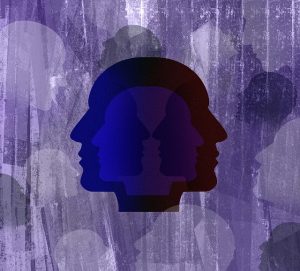Art and Music Psychotherapy offers a unique approach to mental health support, utilizing creativity to foster emotional expression and healing through non-verbal means like painting or music. This method encourages clients to explore their inner worlds, providing profound insights and coping strategies that enhance well-being. By engaging in artistic activities, individuals can unlock hidden traumas, release repressed emotions, and promote personal growth, making it a powerful tool for treating depression, anxiety, and other mental health challenges. Art and music psychotherapists facilitate this healing process with specialized training, ensuring ethical practices and creating safe spaces for self-discovery. This holistic method complements traditional talk therapies, offering improved mood, reduced stress, and enhanced emotional understanding through creative expression.
Art and music psychotherapy offers a unique approach to mental health support, harnessing the power of creative expression to facilitate emotional release and healing. This therapeutic method, which integrates art and music with traditional talk therapy, has proven beneficial for various conditions including depression and anxiety.
In this article, we explore its effectiveness, from understanding the core principles to delving into different art forms and the role of therapists in modern mental health practice.
Understanding Art and Music Psychotherapy: A Unique Approach to Mental Health Support

Art and Music Psychotherapy offers a unique and innovative approach to mental health support, harnessing the power of creativity to foster emotional expression and healing. Unlike traditional talk therapy, this method encourages clients to explore their inner worlds through non-verbal means, such as painting, drawing, or playing music. By engaging in these creative processes, individuals can access and communicate feelings that might be difficult to articulate verbally, providing a profound and often liberating experience.
This therapeutic approach is based on the belief that art and music have inherent healing properties, allowing for a more nuanced understanding of mental health issues. Through guided sessions, clients are supported in interpreting their creations, which can reveal hidden patterns, unresolved conflicts, or emotional states. By connecting with these inner prompts, individuals gain valuable insights into their mental health struggles and begin to develop coping strategies that enhance overall well-being.
The Power of Creative Expression in Therapeutic Settings
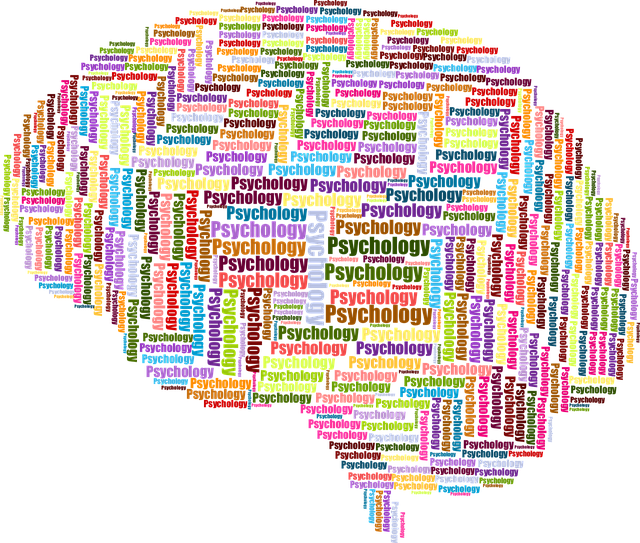
Creative expression through art and music holds immense power in therapeutic settings, offering a unique and non-verbal means to explore and process emotions. This approach, often used in mental health psychotherapy, allows individuals to communicate deeply personal experiences and feelings that may be difficult to articulate verbally. By engaging in artistic activities, clients can symbolically represent their inner world, past traumas, and current struggles, providing therapists with valuable insights into their psyche.
The act of creating art or music can serve as a form of catharsis, helping individuals release repressed emotions, reduce anxiety, and gain a sense of control over their mental health. It provides an outlet for self-discovery, fostering a safe space where clients can experiment, explore, and express themselves freely. This creative process encourages introspection, enhances self-awareness, and promotes personal growth, ultimately contributing to improved mental well-being and enhanced coping mechanisms.
How Art and Music Can Facilitate Emotional Release and Healing
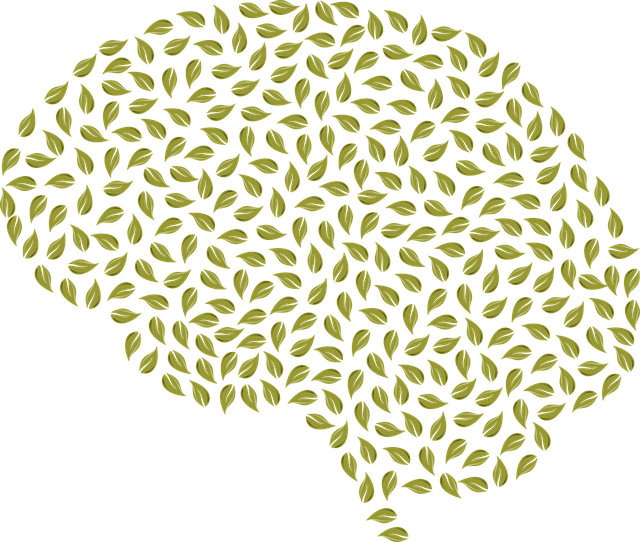
Art and music have long been recognized as powerful tools for emotional expression and healing. In the context of mental health psychotherapy, these creative mediums offer unique ways to facilitate emotional release and support individuals in navigating their inner worlds. Through art, patients can visually represent their feelings, thoughts, and experiences, allowing them to externalize and make sense of complex emotions that may be challenging to articulate verbally. This non-verbal form of communication can unlock hidden traumas, fears, or desires, providing a safe outlet for emotional release.
Similarly, music psychotherapy engages the mind and body, tapping into the powerful connection between sound and emotion. Music can evoke strong feelings and memories, enabling individuals to process and release repressed emotions. Whether it’s through painting, drawing, sculpting, or playing an instrument, art and music provide alternative channels for self-exploration and expression, fostering a sense of empowerment and healing in those seeking mental health support.
Exploring Different Art Forms in Psychotherapy: From Painting to Percussion
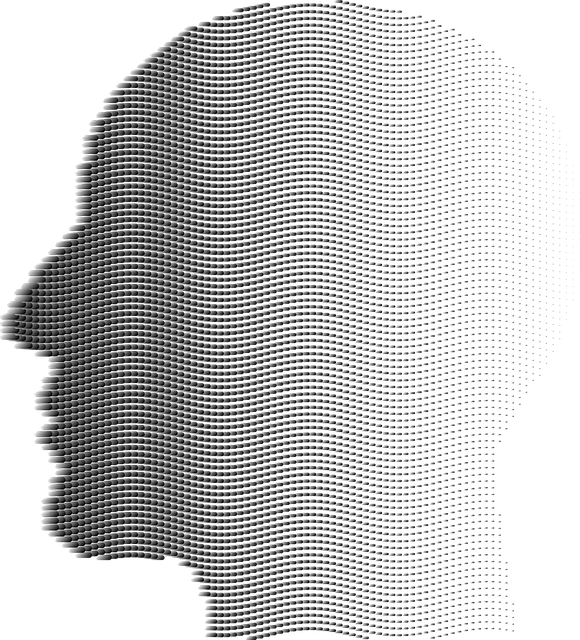
In the realm of mental health psychotherapy, exploring diverse art forms serves as a powerful therapeutic tool, offering unique and creative avenues for expression and healing. From painting and drawing to sculpture, photography, and even percussion, each artistic medium provides a distinct way for individuals to communicate their emotions and experiences. For instance, painting allows clients to visually represent their internal world, helping therapists understand their perspectives and provide tailored support. Drawing, on the other hand, can be particularly effective for those who find it easier to express themselves through lines and shapes rather than words.
Beyond traditional visual arts, music and percussion also play a significant role in psychotherapy. Creating art through rhythm and sound enables individuals to tap into their emotions and memories in a deeply personal way. Percussion instruments, in particular, offer a hands-on approach that can be especially beneficial for processing trauma or intense feelings. The rhythmic nature of drumming, for example, facilitates a sense of control and release, aiding in the regulation of emotional responses. This versatile range of artistic expressions empowers individuals to engage in their healing process, fostering self-discovery and personal growth within the context of mental health psychotherapy.
Benefits for Various Mental Health Conditions: Depression, Anxiety, and Beyond

Art and music psychotherapy offers a unique and powerful approach to treating various mental health conditions, including depression and anxiety. The creative process involved in art and music making allows individuals to express themselves in ways that may be difficult to convey verbally. This form of psychotherapy provides an alternative means of communication, enabling clients to explore and process their emotions, thoughts, and experiences.
One of the significant benefits is its ability to enhance mood and reduce symptoms of depression. Engaging in artistic activities stimulates the release of endorphins, often referred to as ‘feel-good’ hormones, which can counteract the effects of stress and anxiety. For individuals struggling with anxiety, music and art therapy sessions offer a safe and supportive environment to practice mindfulness and coping strategies. Through creative expression, clients can gain better insight into their triggers, learn relaxation techniques, and develop healthier ways of managing their symptoms. This holistic approach to mental health psychotherapy has proven effective in promoting emotional well-being and overall resilience.
The Role of the Therapist: Training, Skills, and Ethical Considerations

The role of the therapist in art and music psychotherapy is multifaceted, demanding a unique blend of skills and expertise. These therapists are trained to facilitate healing through creative expression, helping clients explore their emotions, thoughts, and experiences in novel ways. Training often involves advanced degrees in psychotherapy combined with specialized courses in art or music therapy. This dual expertise enables them to guide clients in expressing themselves artistically while interpreting the symbolic language of art and music.
Ethical considerations play a significant role, especially when dealing with sensitive mental health issues. Therapists must maintain confidentiality, respect client autonomy, and ensure informed consent. They are also trained to recognize and manage their own emotional responses to clients’ revelations, ensuring they remain professional and objective throughout the therapeutic process. This specialized training equips them to provide effective support, fostering a safe space for self-discovery and growth in their clients.
Integrating Art and Music in Modern Mental Health Practice
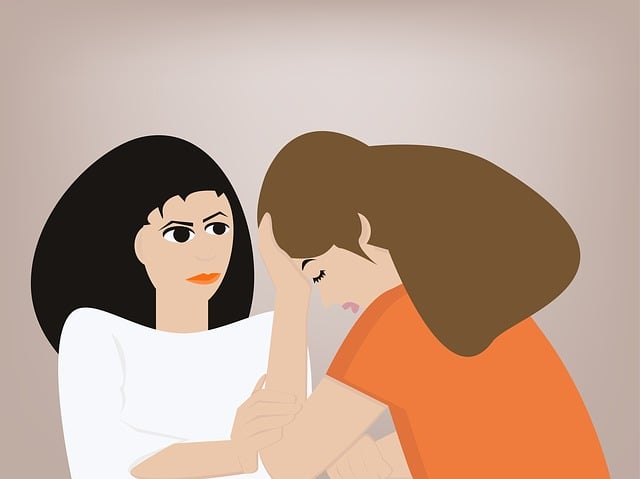
In modern mental health practice, integrating art and music has emerged as a powerful therapeutic approach, complementing traditional talk therapies. Art and music psychotherapy offers a unique and creative avenue for individuals to express themselves, explore their emotions, and work through various mental health challenges. This holistic method recognizes the interconnectedness of the mind, body, and spirit, allowing clients to engage in non-verbal forms of communication that can be particularly effective for those who find verbal expression difficult.
Through art and music, therapists can facilitate a sense of calm, promote self-awareness, and encourage emotional release. Painting, drawing, or sculpting provides a visual means to represent internal feelings, while music allows individuals to connect with their emotions through rhythm and melody. These creative processes can aid in reducing anxiety, managing stress, enhancing mood, and fostering a deeper understanding of oneself and one’s experiences, ultimately contributing to improved mental health outcomes in psychotherapy.
